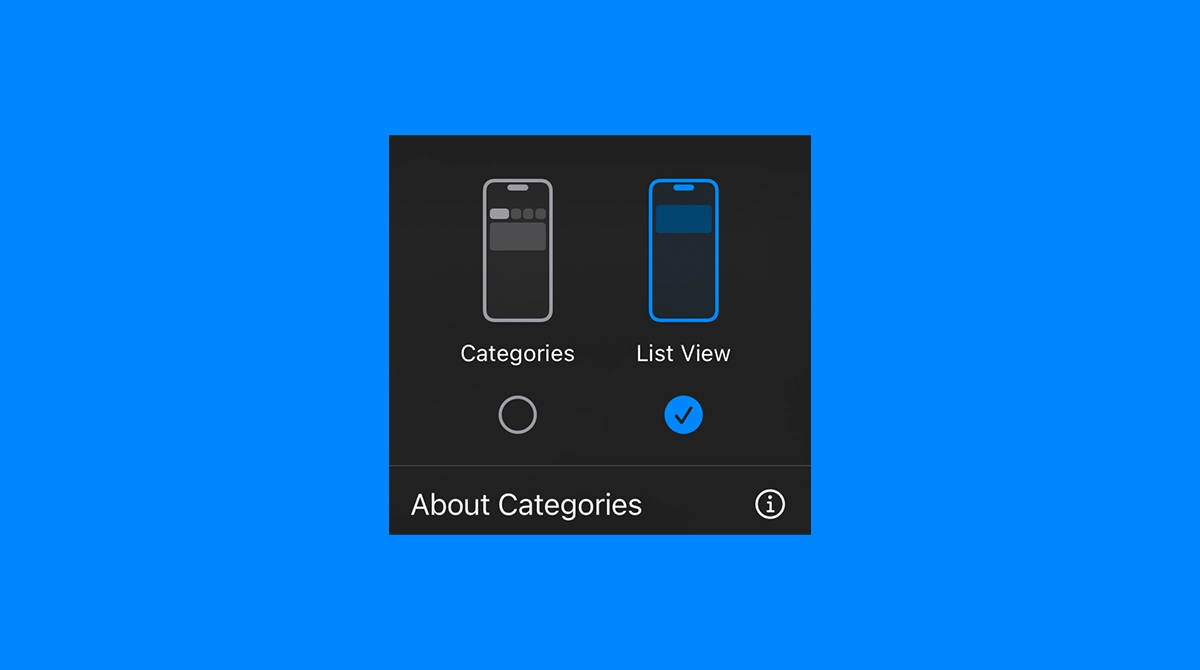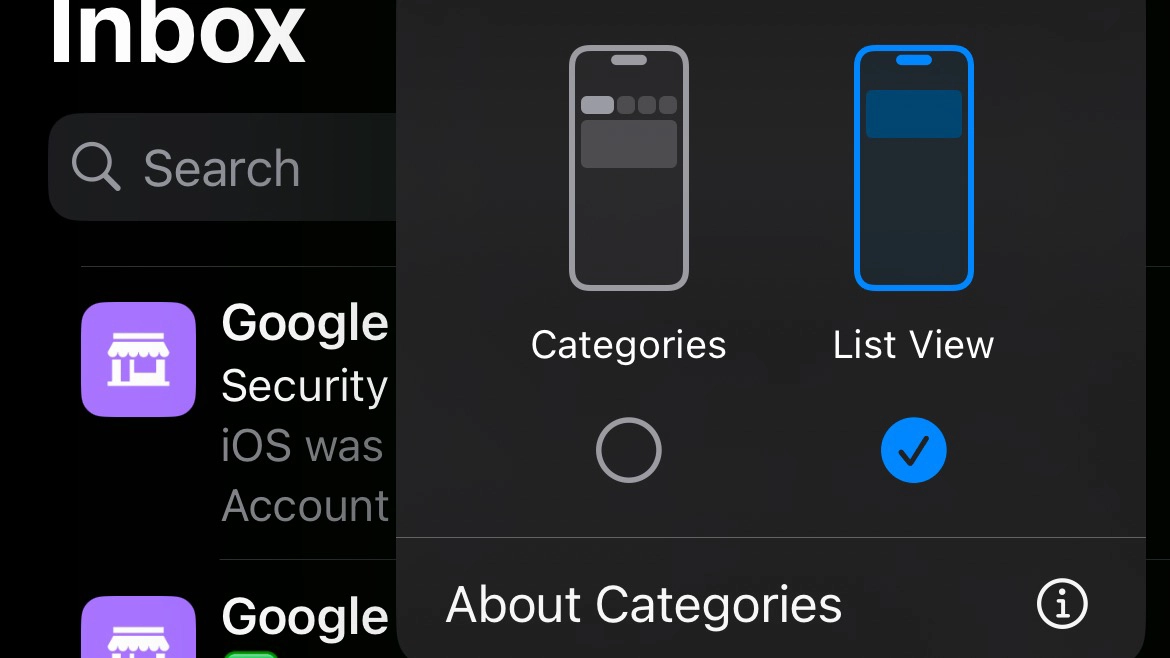Apple has drastically revamped the Mail app in iOS 18.2. The app now categorizes emails based on their purpose and puts them under different tabs. Messages are now automatically sorted into Primary, Transactions, Updates, and Promotions categories.
Apple’s goal behind the change is to make the app more organized and help users manage the constant flood of messages. We’re bombarded with loads of emails daily, many of which we don’t even care about, so a more organized Inbox should’ve been a positive change.
However, not everyone agrees—at least not with Apple’s approach to the Mail app revamp. Some people feel introducing tabs makes the overall user experience more complex, while others are even struggling to find certain emails, as they’re not sure in which tab to look.
If you, too, aren’t happy with the change, you might want to turn off Mail categories on iOS 18.2
How to Disable Mail Categories and Bring Back the List View on iOS 18.2
This may come as a surprise since Apple usually pushes users to stick with new features by making it hard—or even impossible—to revert back. But turning off Mail categories in iOS 18.2 is easy. Fortunately, Apple hasn’t removed the old way of displaying emails in the Mail app, and you can get back to it with just a few taps.
Here’s exactly what you need to do:
- Open the Mail app.
- While inside Inbox, tap the three-dot button in the screen’s upper-right corner.
- Choose List View.
That’s it. All your emails are now displayed in one big, unified list, and you don’t have to worry about anything getting lost in the shuffle. If you decide you prefer the new approach, simply head back to Inbox and turn Categories back on.
As a reminder, Apple redesigned many of its native apps in iOS 18, with the Photos app receiving the biggest overhaul. However, users don’t seem too pleased with the new changes, as most of the revamped apps often feel more complex than before. Maybe changing something that was already working was a mistake on Apple’s end.

